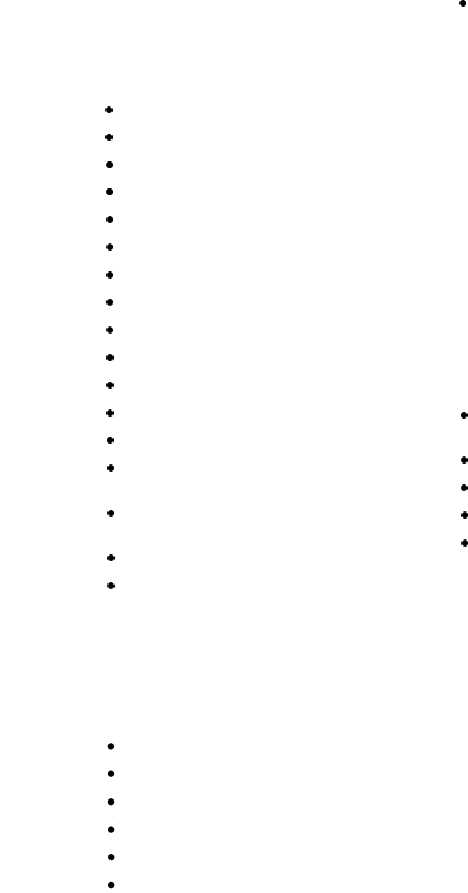together information from several sources: I/O control,
data entry, and the magnetic media library.
Depending upon how your AIS facility is
structured, your operational requirements will include
tasks, duties, and functions as follows:
*
l
l
l
l
o
l
o
l
l
o
l
l
o
l
8
l
Receive user job requests.
Analyze production requirements.
Assign job/run control numbers.
Maintain accurate logs.
Carry out administrative reporting requirements.
Prepare production schedules.
Write SCL statements.
Make up job streams for production runs.
Maintain and revise production schedules.
Distribute production schedules.
Monitor production.
Know how jobs interface.
Be able to read console run sheets and logs.
Know the capabilities and capacities of the
computer systems.
Know the files in use and how to reconstruct
them.
Know how to readjust schedules.
Know the time it takes to run each production
job.
As scheduler, you will work on your own with only
minimal supervision. To be effective, you will need
more than a good working knowledge of your facility’s
hardware components, data processing concepts,
operating systems, and system control languages. You
must be able to:
Work well with other people;
Demonstrate tact and diplomacy;
Use sound judgment;
Be logical, systematic, and persuasive;
Demonstrate analytical ability;
Be a good communicator (speaking, listening,
and writing); and
. Be responsive to users’ needs.
The job of a scheduler is a high-visibility position.
You will be responsible not only for the flow of work
throughout the AIS facility but also for the amount of
work that will be accomplished within an allocated
period of time.
AIS WORKFLOW ANALYSIS
Every AIS facility is site unique regarding the types
of hardware and operating system (OS) software in use.
However, every site does have a formal or informal
workload structure that encompasses all of the AIS
fictional work areas and the users. Figure 1-4
illustrates a typical AIS facility’s workflow structure.
This particular site operates in a multiprogramming
environment and handles batch, online batch, and
real-time processing. Study this figure for a moment.
You will see how the work flows in, and about, and out
of the AIS facility. You will see how you, as a scheduler,
fit into the picture.
In looking at figure 1-4, you will notice this AIS
facility is composed of five fictional work areas:
o
l
*
l
o
Production Control—Scheduling, I/O Control,
Quality Control;
Data Entry;
Computer Operations;
Media Library; and
Technical Support.
Each functional work area is responsible for
specific segments of the workflow. How they work
together and with you, as the scheduler, will determine
if your job is easier or more difficult. Learn what they
do. The next paragraphs will give you a basic
understanding of their responsibilities and their
interactions with other work areas.
PRODUCTION CONTROL personnel act as
liaison between the AIS facility and the user
community. The division chief and LPO normally deal
with users during the initial scheduling phase. They
will assist scheduling by ironing out any problems early
in the scheduling phase. When necessary, they will also
work with the users to adjust data flow and output
schedules based on user and production requirements.
SCHEDULING personnel make production
commitments for the AIS facility to meet user
requirements. They provide processing schedules to
coordinate inputs and outputs between I/O control, data
1-10

